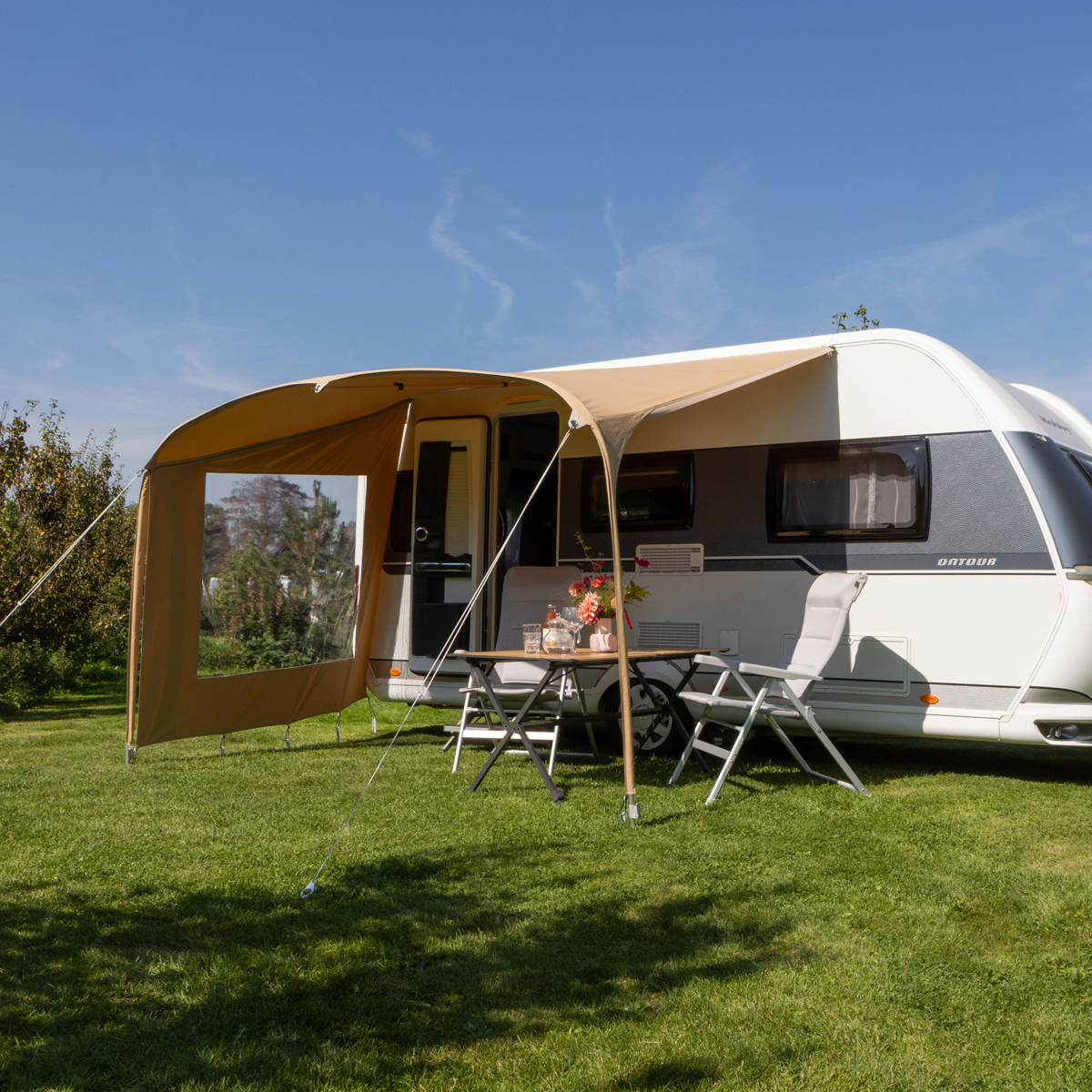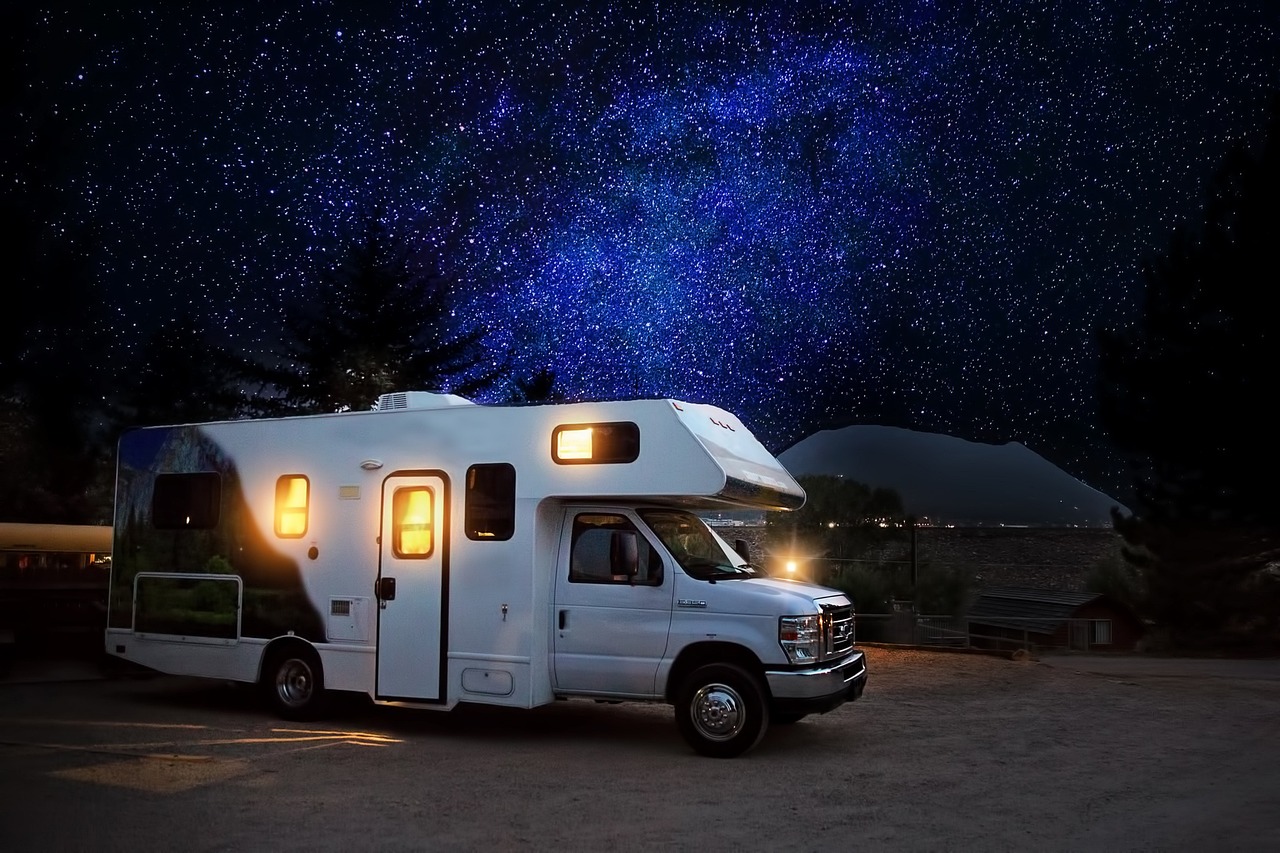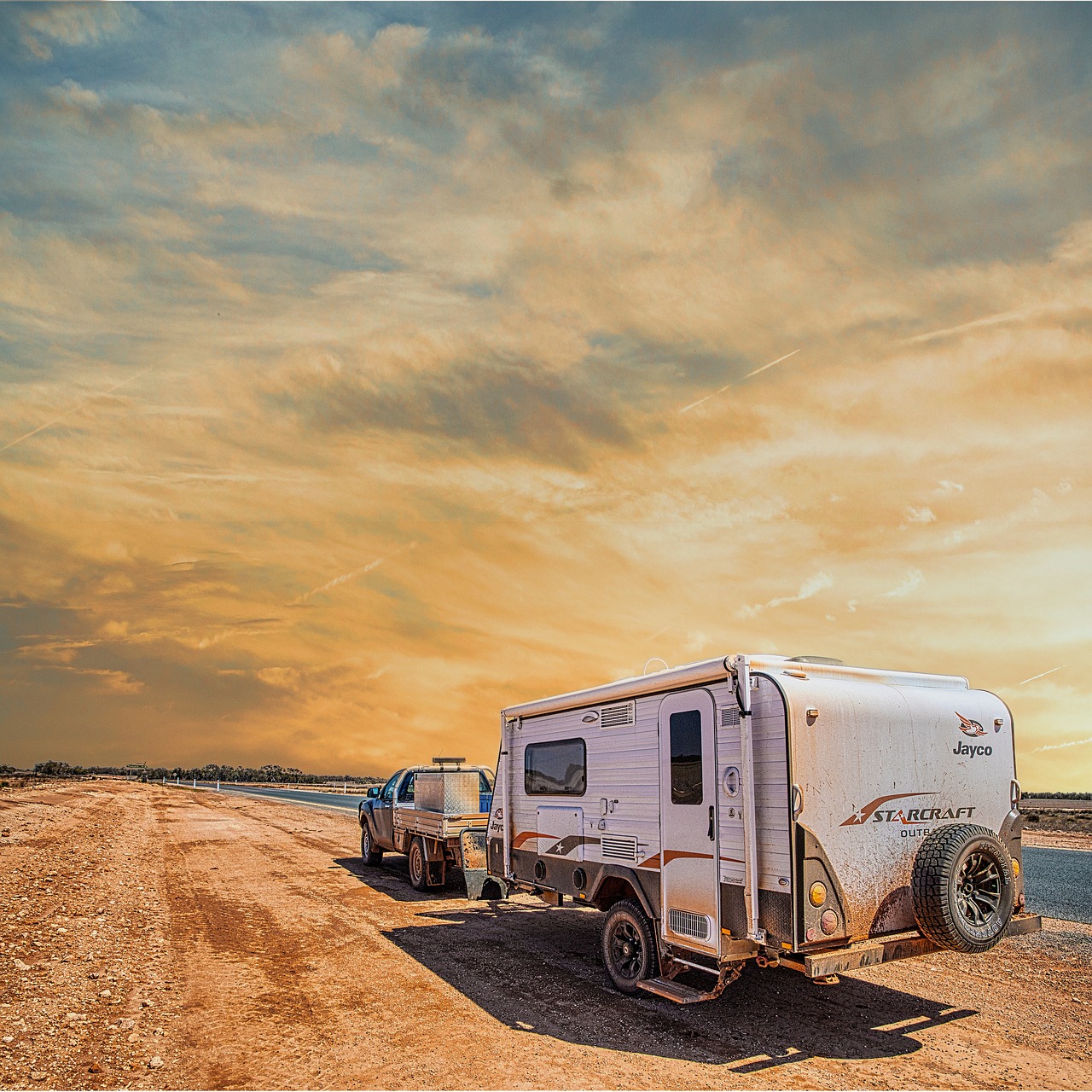Winter-suitable or winter-hardy: what's the difference?
Now that the leaves are falling from the trees again, we are moving into a season where it is warm inside and colder outside. However, that is no reason not to visit the campsite. Then it is useful if your camper or caravan is suitable for lower temperatures. There is a difference between winter-suitable and winter-hardy. But what exactly is that?
Wonderfully cozy: winter camping. It is becoming increasingly popular among camping enthusiasts. And not for nothing, because it has many advantages. And with the proper preparations it can even be called comfortable. We also give here some tips how you can retain your heat outdoors at the campsite.
Winter temperatures
In addition to being able to make the necessary preparations yourself, it is also important that your camper or caravan is suitable for winter temperatures. Nowadays, many new models are well insulated and heated, so they can last well up to certain temperatures. However, if the temperature is around and below freezing point, there are differences. And you will find this in the definitions of winter-suitable or winter-hardy.
Winterfest or Wintertauglich
In Germany they use the terms Winterfest (hardy) and Wintertauglich (suitable for winter). These terms are assigned by different test results. This test consists of four parts. A vehicle is suitable for winter if it passes the first two parts. Does the vehicle pass all four parts? Then the camper or caravan is winter-hardy.

Test for winter suitability
The different test phases proceed as follows. The caravan or camper is cooled down to 0 degrees within ten hours (phase 1). We then look at how quickly the heating heats it up again (phase 2). The interior must be heated to +20 degrees within two hours. This is measured with five sensors, which may not differ by more than 7 degrees from each other. If the caravan or camper meets these requirements, it is suitable for winter.
Test for winter hardiness
Now come the final phases in which the term 'hardy' can be earned. The camper or caravan is cooled down to minus 15 degrees, and the heating remains off for at least 10 hours. The heating then switches on at maximum power. The indoor climate must reach 20 degrees within four hours. Here too, the different measuring points may not differ from each other by more than 7 degrees.
The temperature in the camping equipment remains at +20 degrees for an hour (phase 3). The water tanks are then filled. An hour after the water tanks have been filled, taps and pipes are checked. Is nothing frozen and is the water flowing smoothly? Then the camping equipment has passed all aspects and can call itself winter-hardy.
Are you planning to go camping in the snow more often? Then it is advisable to choose a winter-hardy camper or caravan. Consider choosing 4-wheel drive for a camper and consider winter tires for your caravan. When you purchase a new one, there is often the option to have a winter package installed. In addition to improved insulation, the placement of the tanks is also a point of attention. These are best installed in the heated interior and that is usually what happens. In addition, the water pipes had better run along the heating pipes. If an electric heating element is also installed against the waste water tank drain, the circuit is sufficiently protected against frost. With a properly functioning heating system and sufficient gas or diesel, you will certainly be nice and warm this winter.
Wide range
Still looking for a new or second-hand camper or caravan? We have a large offer that you can choose from from dealers and private individuals. Or would you rather watch the last one first? Camping news?




